ASICS is Making a New Kind of Shoe: The MetaRide
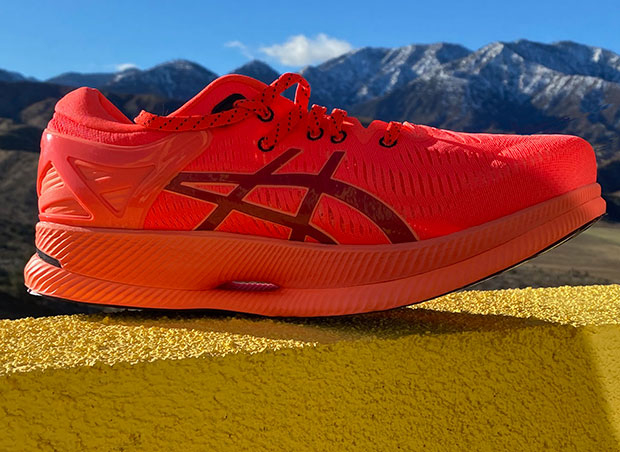
In a recent shoe poll of ours Nike dropped and Saucony rose, but HOKA remained the king with 26 percent of Slowtwitchers choosing this as their preferred training brand. That stranglehold might seem unassailable but HOKA can only dream of the pedestal ASICS once stood atop here.
I’m writing today to talk about a shoe that prompts me to ask if there's a change in thinking at ASICS that may cause that once-dominant brand to rise in our shoe polls (in fact, that rise has already begun). I hope you’ll indulge me a walk through memory lane before I get to the shoe itself.
History
The year we started polling you all was 2007 and ASICS was the preference of 31 percent of Slowtitchers. By 2010 that had fallen to 25 percent, still healthy. A year later it was at 19 percent; and Saucony shot up to 16 percent and, remember, that was when the Kinvara launched, in 2011.
In 2012 and 2013 there was pretty much a dead heat between ASICS, Brooks and Saucony among our readers and there was a new brand moving up – HOKA One One, now just HOKA – at 8 percent user preference. By 2014 ASICS had fallen to 12 percent, and models of ASICS chosen by users at that time were the GT-2000, Gel-Nimbus, DS-Trainer, and Gel-Kayano in that order. By 2018 HOKA had the top spot in our polling at 21 percent and ASICS had fallen to 10 percent. By 2020 ASICS sat at 7 percent.
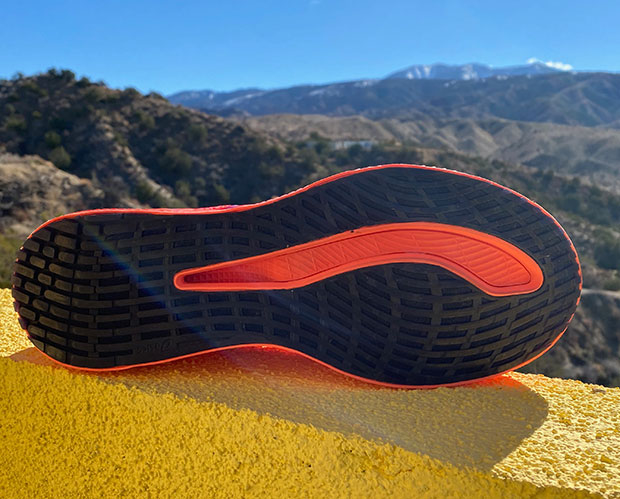
Here we are, 2 years later, and this brand has moved up to a 10-percent brand preference among our readers. My comments below point to one possible reason ASICS is moving up in our polling. I’m dead certain the most important current tech run models to ASICS (those that check at the cash register) aren’t those I’m interested in. I haven’t recently polled the ASICS models you run in but I highly suspect (for two-thirds or three-quarters of you) that it’s a walk down memory lane: Gel-Kayano, Gel-Nimbus, GT-2000. But those aren't the only tech run shoes ASICS is making.
ASICS is Changing But Few Notice
Most of the traditionally best-selling ASICS shoes, the Gel-fill-in-the-blank, feature a 10mm-drop and no fulcrum or rocker. You can like or dislike the ideas behind these shoes, but I chronicle the history above because, well, if you keep doing what you’re doing you’ll keep getting what you’re getting, and a brand preference drop from 31 percent to 7 percent is what ASICS was getting from our readers (until a turnaround 2 years ago, when coincidentally this MetaRide and similar shoes were intro'd into ASICS' line).
According to my memory, ASICS historically championed the idea that heel striking is what happens, so, make a shoe that’s built in the heel and less-so in the forefoot. What that narrative missed, in my opinion, is that the initial touch point is just a detail. Transitioning the foot as quickly as possible to the propulsive phase is or should be the focus. Get the heel of the shoe out of the way. Provide a geometry that facilitates rather than hinders the transition from strike to propulsion. If the forefoot becomes more of a focus of a runner's gait, honor that part of the foot with some cushion.
A number of ASICS’ new shoes disregard (what I remember as) ASICS’ historic approach and embrace a new thesis. The Magic Speed, GlideRide, and MetaSpeed Sky have a 5mm heel-to-forefoot drop. The MetaRide, reviewed here, has zero drop. And that's just part of the change for this brand, in these shoe models.
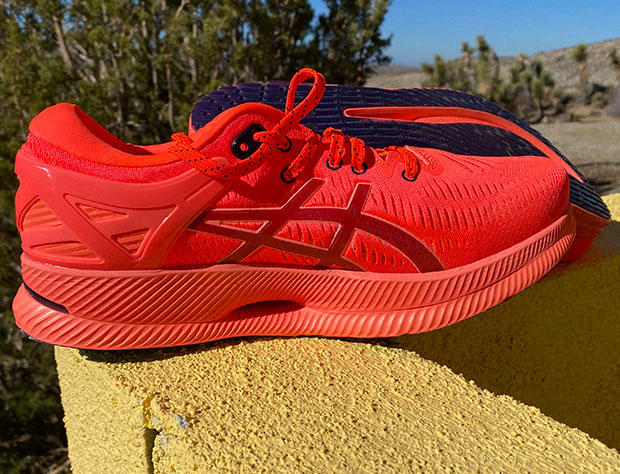
You’re probably wondering when I’m going to actually talk about the MetaRide. Getting there! First, I’m going to mention what a couple of other entities wrote about this shoe. “Heel Strikers Take Note: This New Shoe from Asics Is Built for You,” wrote Gear Patrol, and Runner’s World wrote that, “Asics MetaRide allows heel strickers to click big mileage with less effort.” I just don’t think that’s the point of this or any of these new kinds of shoes ASICS is making. ASICS doesn’t make the claim, anywhere that I can see, that this is a heel striker’s shoe.
In fact, in this article from last year here is what ASICS wrote: “Avoid overstriding… Landing midsole also prevents joint injuries and other maladies like shin splints that are caused when runners land heel first. Heel striking is common to new runners but should be avoided, as it can lead to more knee, ankle, and foot injuries than landing on your midsole.”
All I can say about that article is… wow. If that is how ASICS spoke about running 3 years ago, or 7, or 10, or 20, I missed it. Meanwhile, here’s what I read on RoadRunner Sports, one of ASICS’s most important specialty run accounts: “You’re bound to come across a slew of athletic ‘experts’ and authoritative running websites that claim the midfoot strike is the healthiest and most effective pattern. Their argument rests on the idea that landing on the center of your foot reduces the strain on lower leg muscles to eliminate painful side effects such as shin splints and plantar fasciitis. But what does our good old friend Mr. Biomechanics say? Yep, you heard him right – that’s false advertising!”
The Rocker
That quote from RoadRunner Sports is the kind of thing I might've expected ASICS to write a decade ago, but I guess I wonder whether ASICS has moved on – whether its world has gotten larger. I don't think ASICS has capitulated, or retreated; it seems to me it's just opened a second front in the shoe wars. HOKA and its early adherents, like John Halberstadt, owner with Mark Plaatjes of what was Boulder Running Company (pre-Jackrabbit-acquisition), said, if I can paraphrase: "It’s the rocker, baby!" Really, with HOKA it was 4 or 5 things, but Halberstadt focused on the rocker. Just look at this ASICS MetaRide and you can see what a rocker looks like. ASICS calls it its Guidesole. Please look at this blogpost from an engineer at ASICS on the team that designed the MetaRide.
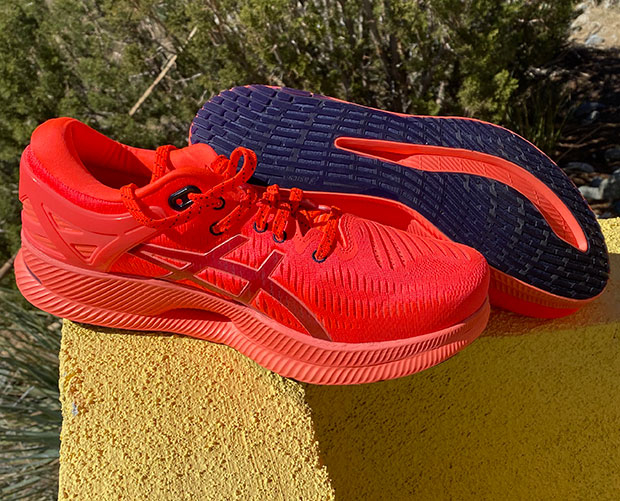
The MetaRide
This shoe is an dream to put on. Fits perfectly. Well, fits me perfectly. Here on Slowtwitch we have a lot of folks who complain that shoes are too narrow, and if you’re one of these then you might find this shoe narrow. I don’t have a narrow foot, nor a wide one, but, knowing you all, this will be a concern for some. I need my forefoot to remain stable in the shoe – no lateral movement. The MetaRide is perfect at that, better even than my HOKAs.
The rocker is plainly, clearly evident. It doesn’t whisper; it shouts. What does it feel like? When I put a new orthotic in my shoe, and I feel the pressure under the arch, it’s like that. When you run in this shoe, it’s like somebody’s behind you pushing you forward after every footstrike. It’s like there’s a motor in the shoe, rotating you forward. And, look, I’m saying this as a person who runs in HOKAs – rocker-driven tech – every day. HOKA never made a rocker that rocks like the rocker in the MetaRide. It makes this – a 10oz shoe – feel like an 8oz shoe in terms of how quickly you move from foot strike to toe-off. Just, instead of moving you quickly through your ground contact phase because of less weight, it does it through geometry. ASICS has gotten rid of the features in the shoe that impede that transition.
The midsole in the shoe is tallish, but the outsole footprint rather narrow. It’s got the weight of a Bondi X, but the footprint of a Carbon X. It’s also got the control of a Bondi with its robust heel counter with – thank you ASICS – attention paid to integrating this medial structure into the shoe, with no obvious transition from midsole to upper.
ASICS calls its foam FlyteFoam and I’m naïve to whether ASICS produces this in different durometers. I found this foam firmer than I would like.
And that’s basically that. I could see including the MetaRide into my shoe rotation, but if there was a shoe that wasn’t quite so aggressive in the rocker geometry; and that had a slightly less dense foam for a softer, HOKA-like, landing, then I’d prefer that. Also, I’m more likely to pay $150 for a pair of shoes than the $250 this shoe costs.
In sum, I think ASICS is on the road back. Far be it from me to tell a billion dollar brand how to run its business. Just, when you tear open my breast and look inside, what you find is ASICs. When I began running, in 1970, I ran in Tiger. The shoe said, on the label, Onitsuka Tiger. That was the shoe company before it changed its name to ASICs and I first ran in a Tiger Marathon at age-13, the year Ford introduced the Pinto. I ran in ASICS for my first 25 running years. I’m rooting for this brand. I think it’s on the road back to the shoe I want to run in.
I think ASICS, now, has committed to a line of shoes and a way of thinking that parallels my desires. Will ASICS stay the course, even if it takes time to gain traction among a kind of runner that ASICS lost to HOKA over the past decade? We’ll see. I hope so.



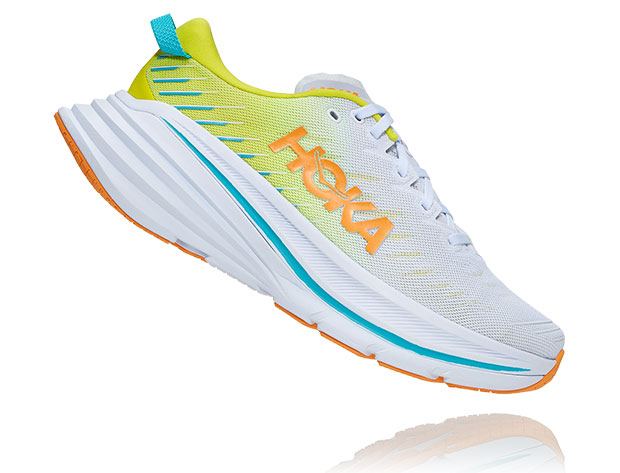
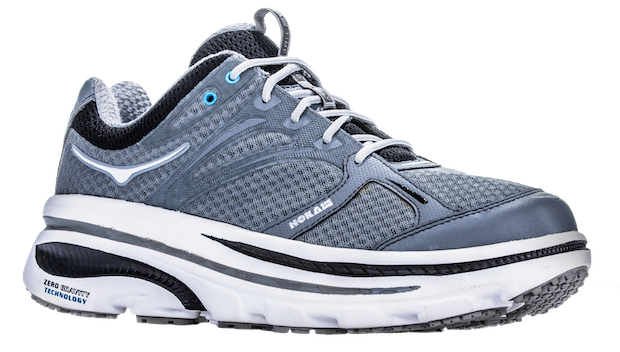
Start the discussion at slowtwitch.northend.network